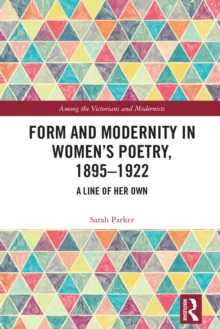
Philanthropy and Early Twentieth-Century British Literature PDF
by Milena Radeva-Costello
Part of the Among the Victorians and Modernists series
Description
Philanthropy and Early Twentieth-Century British Literature explores the relationship between British literature and philanthropy at the end of the nineteenth and early twentieth centuries, examining the works of E. M. Forster, Rebecca West, W. B. Yeats, Roger Fry, Wyndham Lewis, Virginia Woolf, and Vita Sackville-West. This book considers how writers in the modernist period drew on the liberal welfare reforms, the adoption of scientific methods in charity, the Cambridge tradition of public service, the Irish nationalist movement, and the influence of the Victorian woman philanthropist in order to advocate for an individualist art, revolutionize their aesthetics, redefine ideals of hospitality and beneficence, and affirm the national, social, and economic liberation of the modern subject.
Contrary to popular interpretations presenting modernism as a break with Victorian values, Dr. Radeva-Costello argues philanthropic engagements are at the heart of early twentieth-century literature. The writers discussed in this book had a sophisticated knowledge of the philanthropy debates and of their power to transform twentieth-century notions about how to govern, how to conceive of national, class, and gender boundaries, and how to market the work of the professional artist in the real world. In keeping with the strong archival and historicizing approach of the "New Modernist Studies" of recent years, this book also analyses the rich contextual detail of early modernist magazines, contemporary and archival periodicals, and government publications.
Information
-
Download - Immediately Available
- Format:PDF
- Pages:212 pages
- Publisher:Taylor & Francis
- Publication Date:15/01/2019
- Category:
- ISBN:9781351658669
Other Formats
- Hardback from £130.00
- EPUB from £31.58
- Paperback / softback from £38.99
Information
-
Download - Immediately Available
- Format:PDF
- Pages:212 pages
- Publisher:Taylor & Francis
- Publication Date:15/01/2019
- Category:
- ISBN:9781351658669










